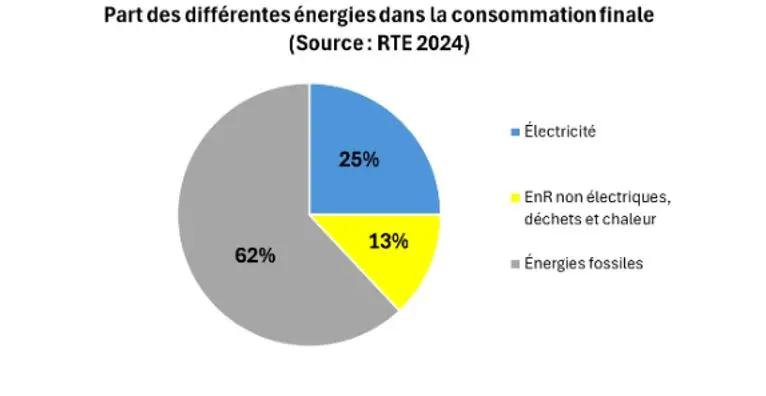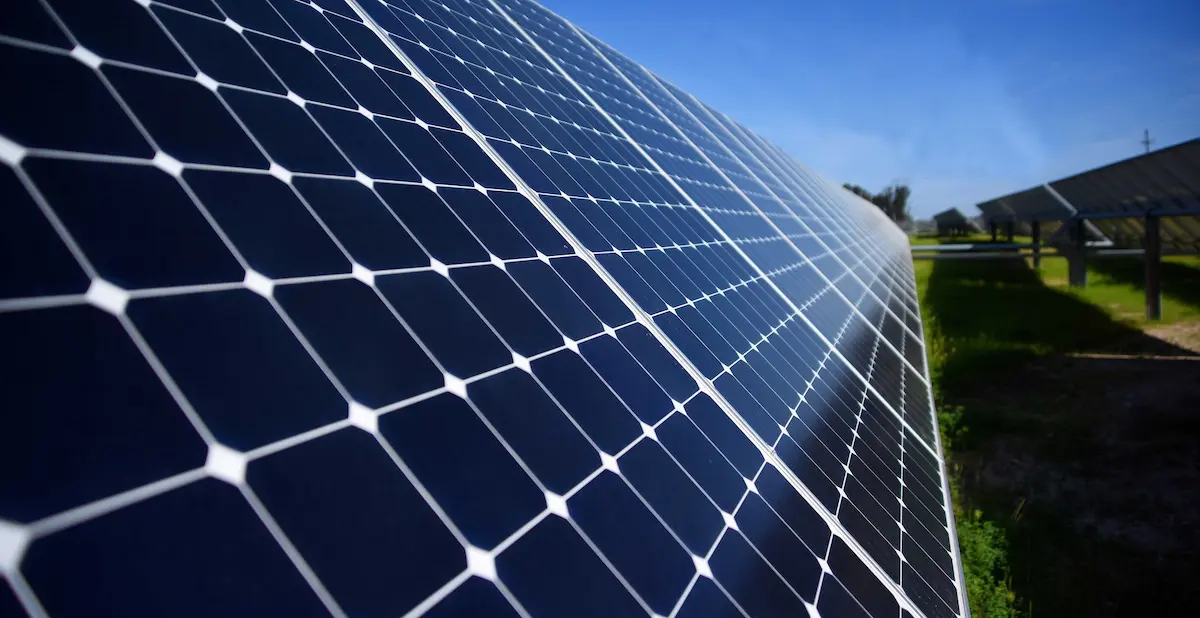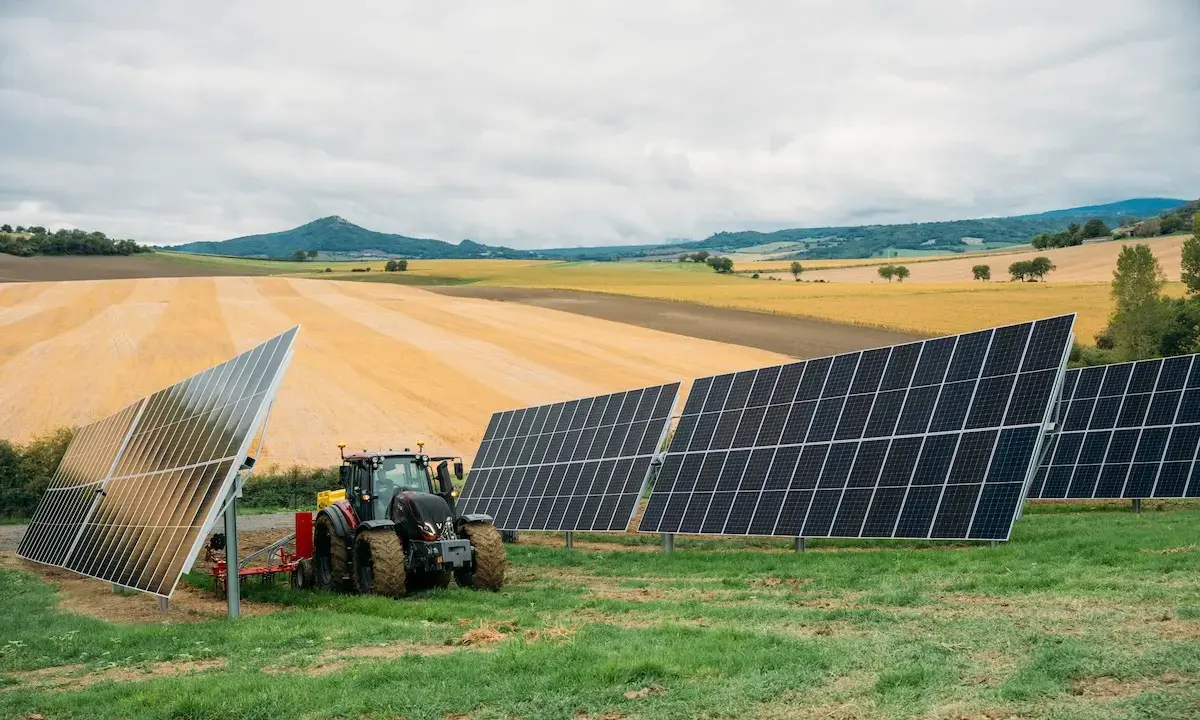Abundant Solar Production, Far from Being a Problem
The Illusion of Overproduction
Every spring, electricity prices fall or even become negative. The cause? High production due to significant hydraulic availability (fuelled by melting snow and abundant rains), post-winter nuclear power and an increase in solar production. At the same time, demand remains lower: the heating has stopped and the air conditioning has not yet started.
These one-off episodes are interpreted as an imbalance in the system. However, this vision is erroneous: these situations only exist because the Renewables have zero marginal costs. The sun, wind or water are free, giving renewable energies a competitive advantage over other energies, which remain dependent on fuel (fuel oil, gas, coal, coal, uranium).
The Benefits of Oversupply
Producing more than necessary at certain times is not a heresy, it is a strategic opportunity:
- Structural reduction in prices for consumers: by lowering wholesale electricity prices, this benefits all economic players.
- powering new uses (electric mobility, carbon-free heating, industry),
- Possibility of exporting electricity, strengthening the trade balance,
- Support for future industrial revolutions.
It is therefore coherent, responsible and strategic to invest in a Solar Production Abundant, even if it temporarily outstrips demand.
The abundance of solar electricity: a solution, not an excess
France is still massively dependent on fossil fuels
Today, 65% of final energy consumption in France comes from oil, gas and coal. In this context, talk about “excess” production of renewable electricity put the contradiction.
What some people call excess is actually an alternative that is beginning to emerge. Although, on some days, the solar energy production although immediate electrical needs, these moments remain marginal (5 to 10% of the year).

A Winning Strategy in Advance
Indeed, the proportion of electrified uses can only increase with an abundant and competitive offer. This is exactly what happened in the years 1970—1990: France anticipated with hydraulic and nuclear overcapacity, which then allowed demand to be adapted.
Today, we must replay this strategy, by accelerating the conversion of fossil uses to electricity: heating, transport and industry. Solar energy does not produce too much : it produces in advance, and this advance is an opportunity to be converted.
Solar energy, an ideal partner for nuclear power in the electricity mix
Valuable seasonal complementarity
Solar and nuclear power are often opposed, but this opposition is unfounded. Their functioning is complementary:
- Nuclear power is optimized for winter, a period of high heating demand.
- Solar is naturally more productive in summer, when demand is driven by air conditioning, irrigation or industrial cooling. This coincides perfectly with the maintenance period for nuclear power, thus allowing solar to take over.
Photovoltaics, towards near basal production
The improvement of solar panels (efficiency up by 35% by 2035) makes possible almost continuous production during the day. By limiting the injection to 50% of the capacity, the load factor can reach nearly 75%, which is comparable to that of nuclear power at certain times. This limitation causes minimal energy losses, mainly in spring, when production is already in excess. Thanks to this optimization, the intermittency of solar energy is largely controlled and no longer constitutes an obstacle to its integration into the electricity mix.
The effect of storage: a controllable solar system
Thanks to battery storage, thePhotovoltaic solar energy becomes controllable, capable of:
- Manage consumption peaks,
- Dampen the fluctuations,
- Ensure maximum availability on critical beaches, especially in the evening.
Thanks to exceptional seasonal complementarity, the nuclear-solar duo is becoming a strategic asset, not a hindrance.
Conclusion: a course to be taken for a sustainable energy future
Instead of undermining the development of solar energy, we need to accelerate its integration into our energy strategy. It is clean, local, competitive energy, and above all prepared for the uses of tomorrow.
Far from preconceived ideas, solar:
- Do not produce too much, it anticipates;
- Does not compete with nuclear power, it complements it;
- It doesn't create an imbalance, it solves it.
The energy transition cannot be successful without a Solar Energy Production Strong and continuous, combined with nuclear power in a coherent and sovereign electricity mix.
>> Read : Photovoltaic solar energy, a lever for energy autonomy
-
-

.webp)










